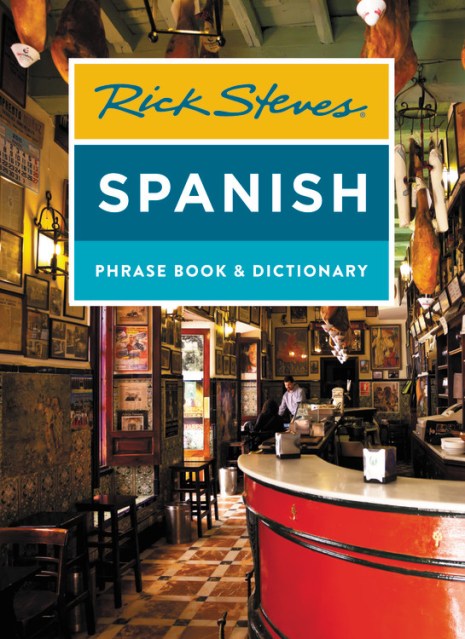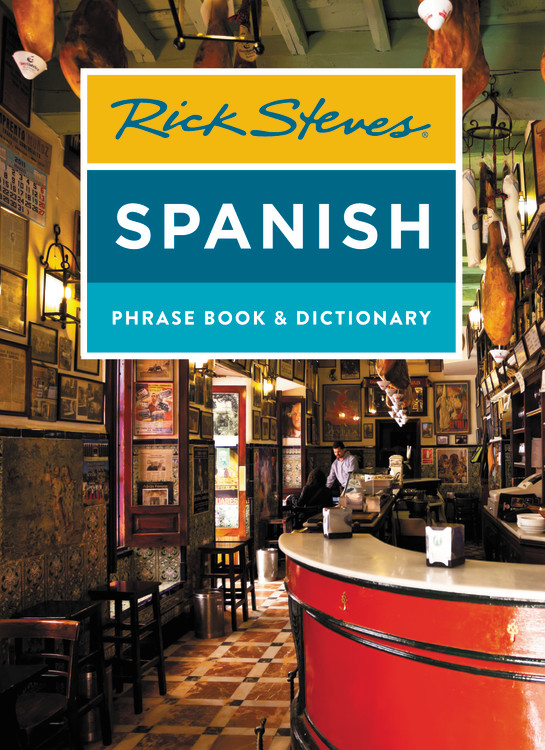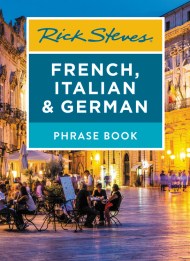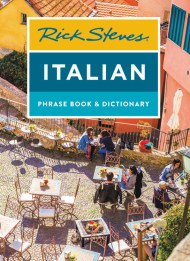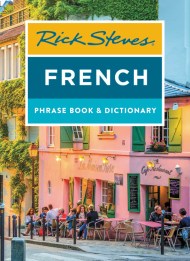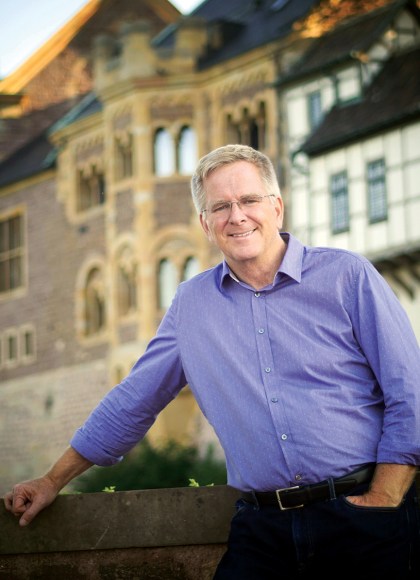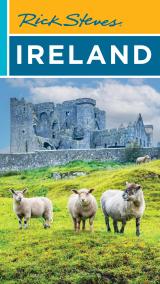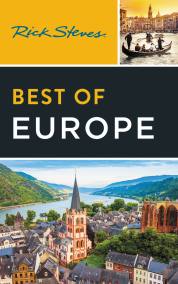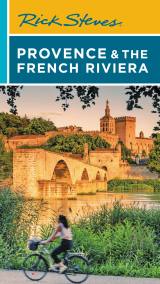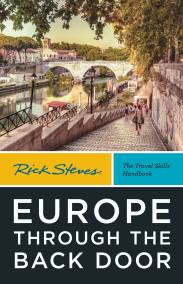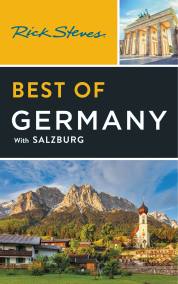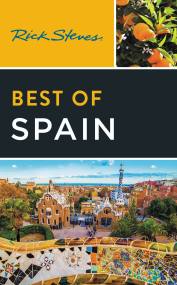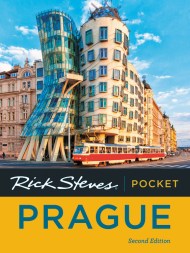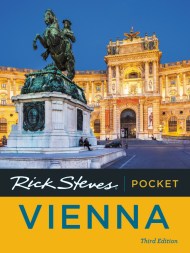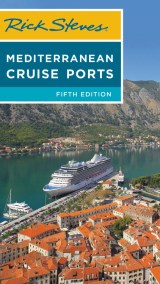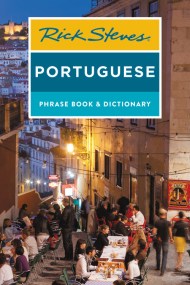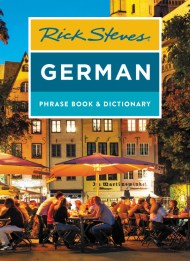Promotion
Use code MOM24 for 20% off site wide + free shipping over $45
Rick Steves Spanish Phrase Book & Dictionary
Contributors
By Rick Steves
Formats and Prices
Price
$12.99Price
$16.99 CADFormat
Format:
- Trade Paperback $12.99 $16.99 CAD
- ebook $9.99 $12.99 CAD
This item is a preorder. Your payment method will be charged immediately, and the product is expected to ship on or around September 17, 2019. This date is subject to change due to shipping delays beyond our control.
Also available from:
From ordering tapas in Madrid to making new friends in Costa del Sol, it helps to speak some of the native tongue in Spain. Rick Steves offers well-tested Spanish words and phrases that come in handy in a variety of situations. Inside you’ll find:
- Key phrases for use in everyday circumstances, complete with phonetic spelling
- An English-Spanish and Spanish-English dictionary
- Tips for small talk and local lingo with Rick’s signature sense of humor
- A tear-out cheat sheet for continued language practice as you wait in line for the Guggenheim Bilbao (no internet connection required!)
Informative, concise, and practical, Rick Steves Spanish Phrase Book is an essential item for any traveler’s pocket.
Genre:
- On Sale
- Sep 17, 2019
- Page Count
- 448 pages
- Publisher
- Rick Steves
- ISBN-13
- 9781641712002
Newsletter Signup
By clicking ‘Sign Up,’ I acknowledge that I have read and agree to Hachette Book Group’s Privacy Policy and Terms of Use
